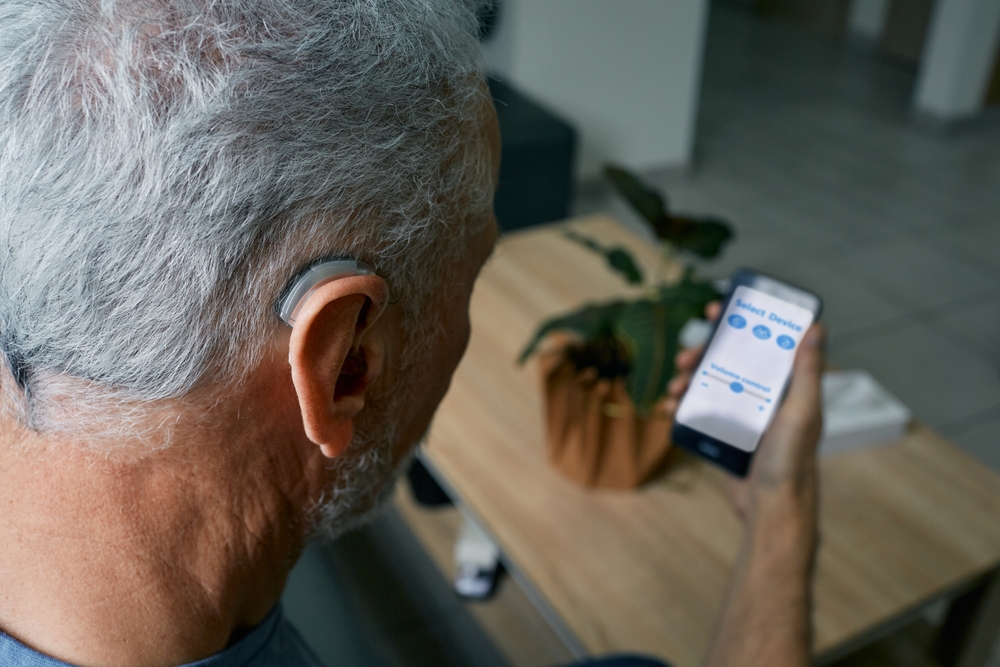The average price of a pair of hearing aids is $2300. That’s probably more than you would pay for a new computer or a new television. Even the latest iPhone is less than $2300 (depending on the model). So why are hearing aids so expensive? Can there really be more technology in those tiny earpieces than there is in a brand new 4K television?
Well, yes.
In fact, investment in new technologies is one of the reasons why hearing aids do sometimes carry significant costs to them. But it’s important to remember that $2300 is an average number–meaning there are options far above and far below that price point.
A Lot of Technology in a Small Package
The technology loaded into a hearing aid is dedicated to two things: reliability and innovation. You want your hearing aids to work properly every time you pop them in. Likewise, innovative technological features can help make hearing aids more effective and more powerful. Some of those features include:
- Speech recognition: Most people tend to lose the ability to hear specific frequencies first (depending on the nature of your hearing loss). This can directly impact one’s ability to understand human speech, so modern hearing aids have invested heavily in creating cutting-edge speech recognition technology. This technology means that you’ll be better able to understand the speech of those around you.
- Noise cancellation: The majority of hearing aid manufacturers understand that you want more out of your hearing aid than a master volume switch. You don’t want everything to be louder. That’s why noise cancellation is such a popular feature. Instead of hearing the refrigerator or the air conditioner, you can hear the voice of your best friend sitting across the table from you.
- Multiple channels: Not all sounds need to be amplified equally. That’s not how natural hearing works, so that isn’t how your hearing aids should function either. The newest hearing aids will usually incorporate up to five channels of possible sound, making it easier for you to find the right mix for the setting you’re in.
- Smart listening: If you don’t want to personally customize the sound mix as you move from room to room, your hearing aid may be able to do it for you. That’s the premise behind one of the most recent technological innovations in hearing aids. Machine learning “smart” algorithms can determine when your hearing aids need to be adjusted based on the ambient noise of the room you’re in. By making constant adjustments automatically, your hearing aids can produce crystal-clear sound no matter the environment you’re in.
- Integrated technologies: That’s not the limit of the technologies available in most hearing aids. From Bluetooth connectivity to pedometers to advanced fall detection, many hearing aids are now packed to the brim with integrated technologies designed to improve how your hearing aids fit into your daily life.
Not Just What’s on the Inside
Another way hearing aids have advanced is in the fit. And this is crucial for long-term success. Because if your hearing aids aren’t comfortable, you won’t wear them. It’s better to invest in a device that will improve your quality of life (and get some regular use). Modern hearing aids are constructed of durable, comfortable materials designed to conform to the contours of your ears.
Each technological upgrade improves the function of your hearing aids. But they also contribute to the cost of the devices. Most hearing aid users find that, ultimately, those technological advances are worth it. That said, if cost is an issue, you can opt to get one with less bells and whistles. In fact, hearing aid specialists can often get you fitted with hearing aids perfect for your individual hearing loss at a surprisingly low cost that competes with stores like Costco. Just tell them what your budget is.
You won’t get that kind of quality if you peruse the aisle at your local discount store. But hearing specialists really can help you figure out what works best for your hearing and for your budget. The first step? Getting your hearing tested to see what you really need.


